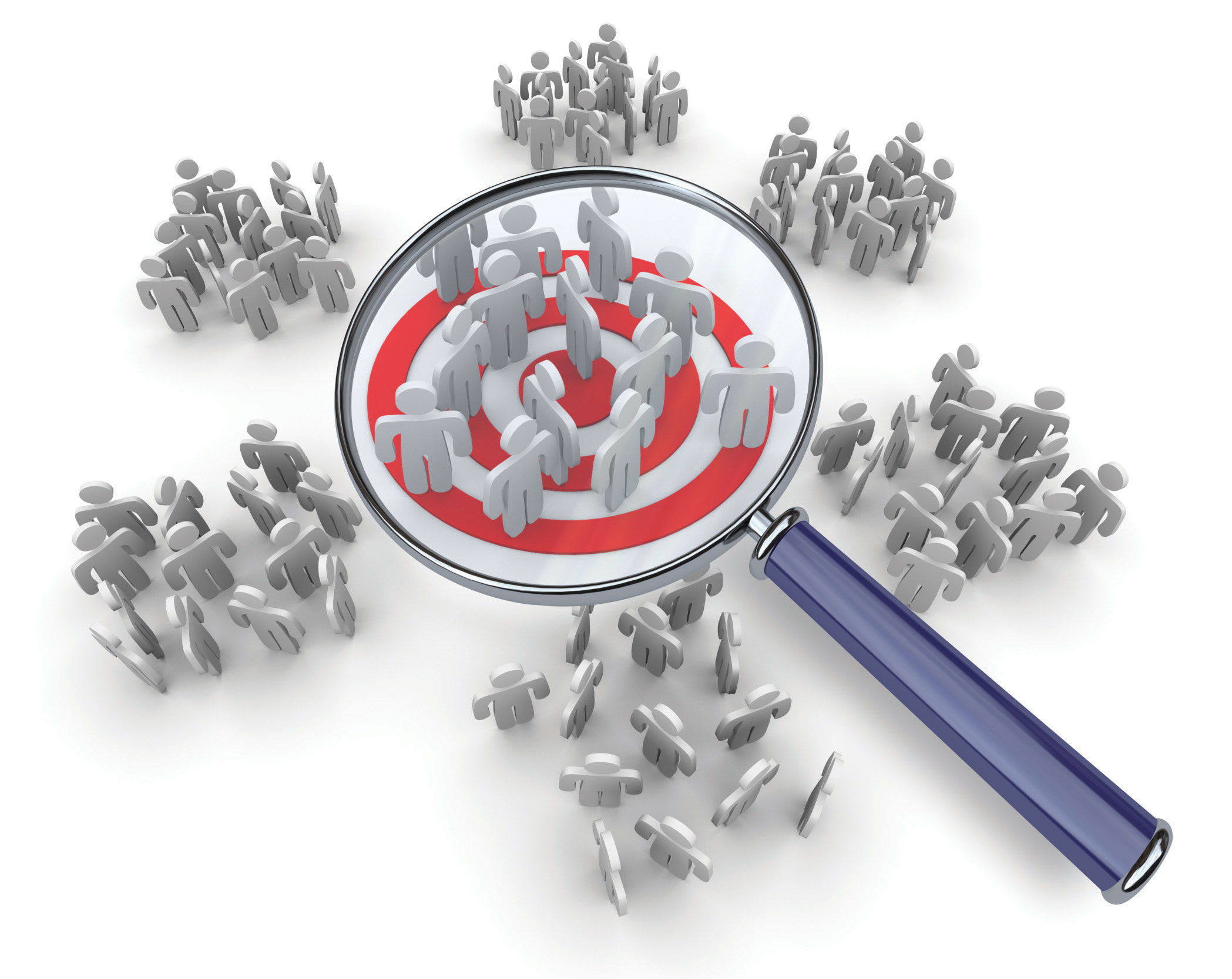This is “Audience Analysis”, chapter 5 from the book Public Speaking: Practice and Ethics (v. 1.0). For details on it (including licensing), click here.
For more information on the source of this book, or why it is available for free, please see the project's home page. You can browse or download additional books there. To download a .zip file containing this book to use offline, simply click here.
Chapter 5 Audience Analysis
What Is an Audience Analysis?

© Thinkstock
One of the consequences of the First Amendment to the Constitution, which protects our right to speak freely, is that we focus so much on what we want to say that we often overlook the question of who our audience is. Does your audience care what you as a speaker think? Can they see how your speech applies to their lives and interests? The act of public speaking is a shared activity that involves interaction between speaker and audience. In order for your speech to get a fair hearing, you need to create a relationship with your listeners. Scholars Sprague, Stuart, and Bodary explain, “Speakers do not give speeches to audiences; they jointly create meaning with audiences.”Sprague, J., Stuart, D., & Bodary, D. (2010). The speaker’s handbook (9th ed.). Boston, MA: Wadsworth Cengage. The success of your speech rests in large part on how your audience receives and understands it.
Think of a time when you heard a speech that sounded “canned” or that fell flat because the audience didn’t “get it.” Chances are that this happened because the speaker neglected to consider that public speaking is an audience-centeredThe emphasis of a speaker on the importance of the audience’s characteristics and needs. activity. Worse, lack of consideration for one’s audience can result in the embarrassment of alienating listeners by telling a joke they don’t appreciate, or using language they find offensive. The best way to reduce the risk of such situations is to conduct an audience analysis as you prepare your speech.
Audience analysisThe process of gathering certain kinds of information about the people in your audience and using that information to understand the beliefs, values, needs, attitudes, and opinions they hold. is the process of gathering information about the people in your audience so that you can understand their needs, expectations, beliefs, values, attitudes, and likely opinions. In this chapter, we will first examine some reasons why audience analysis is important. We will then describe three different types of audience analysis and some techniques to use in conducting audience analysis. Finally, we will explain how you can use your audience analysis not only during the creation of your speech but also while you are delivering it.




